循環(huán)語句是編程中用于重復執(zhí)行一段代碼直到滿足特定條件的控制結(jié)構(gòu)。在 C# 中,循環(huán)語句包括 for、while、do-while 和 foreach。本課程將逐一介紹這些循環(huán)語句的特點和使用場景,并通過示例加深理解。
1. for 循環(huán)
應用特點
應用場景
數(shù)值遞增或遞減的循環(huán)。
數(shù)組或列表的索引遍歷。
示例
// 簡單的計數(shù)循環(huán)
for (int i = 0; i < 10; i++) {
Console.WriteLine("計數(shù)值:" + i);
}
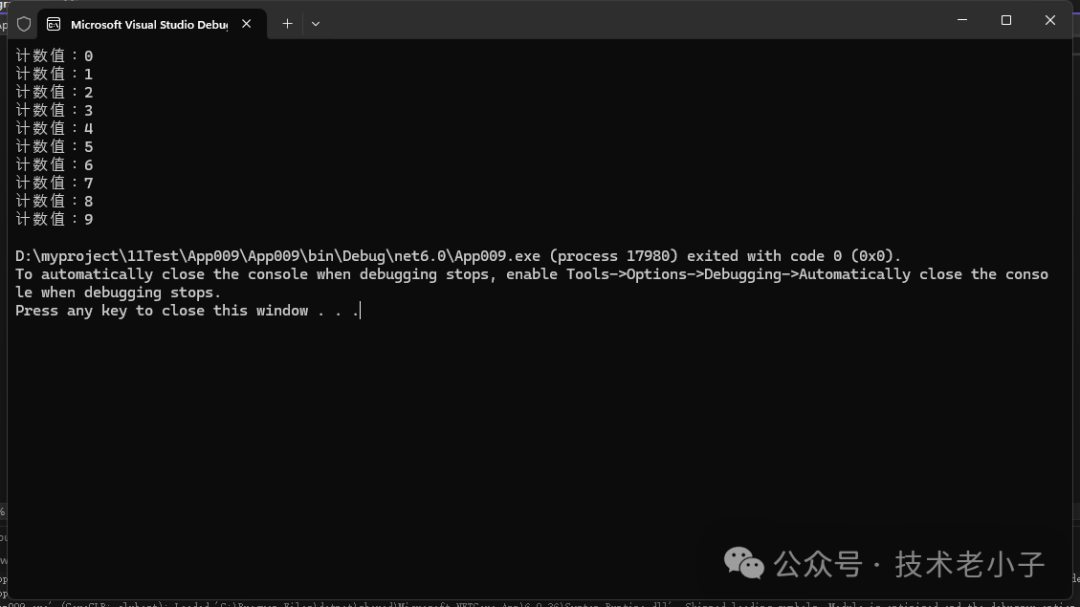
// 遍歷數(shù)組
int[] array = { 1, 2, 3, 4, 5 };
for (int i = 0; i < array.Length; i++) {
Console.WriteLine("數(shù)組元素:" + array[i]);
}
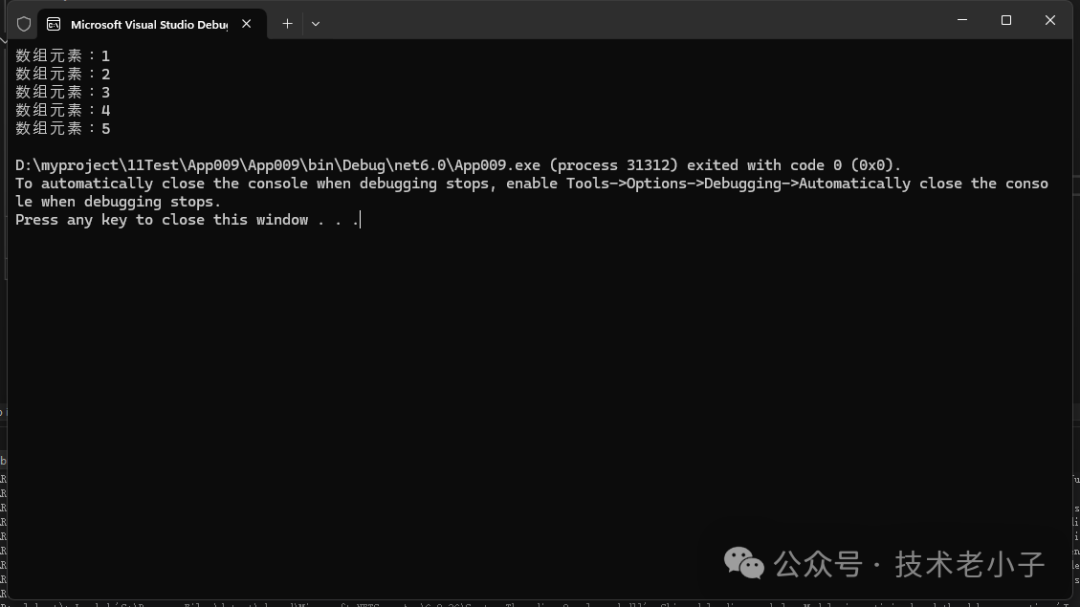
2. while 循環(huán)
應用特點
應用場景
等待用戶輸入或外部事件觸發(fā)。
持續(xù)檢查某個條件是否滿足。
示例
// 條件控制循環(huán)
int i = 0;
while (i < 10) {
Console.WriteLine("計數(shù)值:" + i);
i++;
}
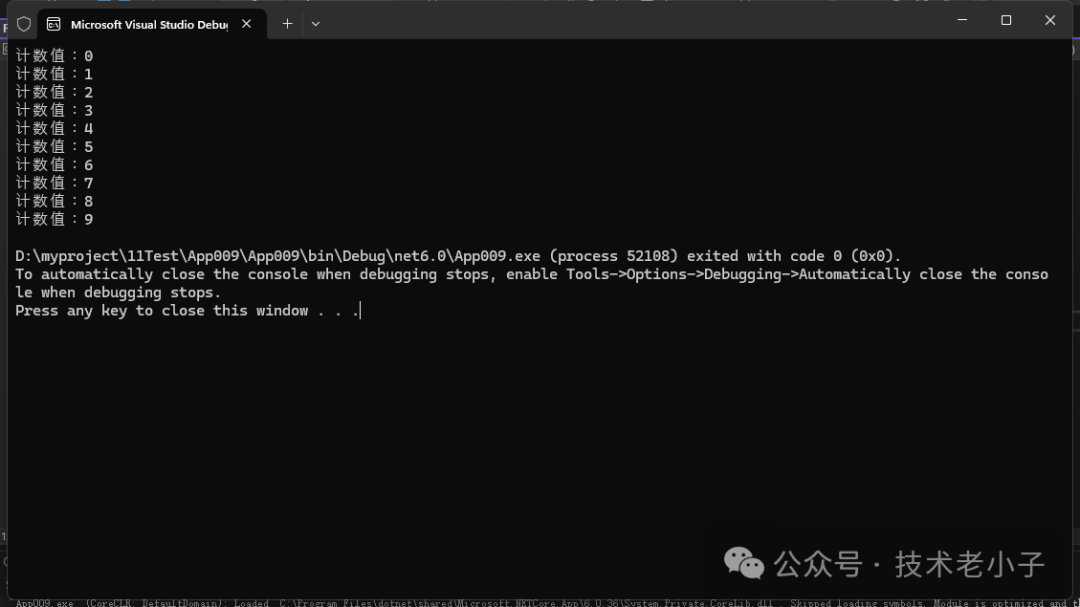
// 用戶輸入控制循環(huán)
string userInput;
do {
Console.WriteLine("請輸入 'exit' 退出循環(huán):");
userInput = Console.ReadLine();
} while (userInput != "exit");
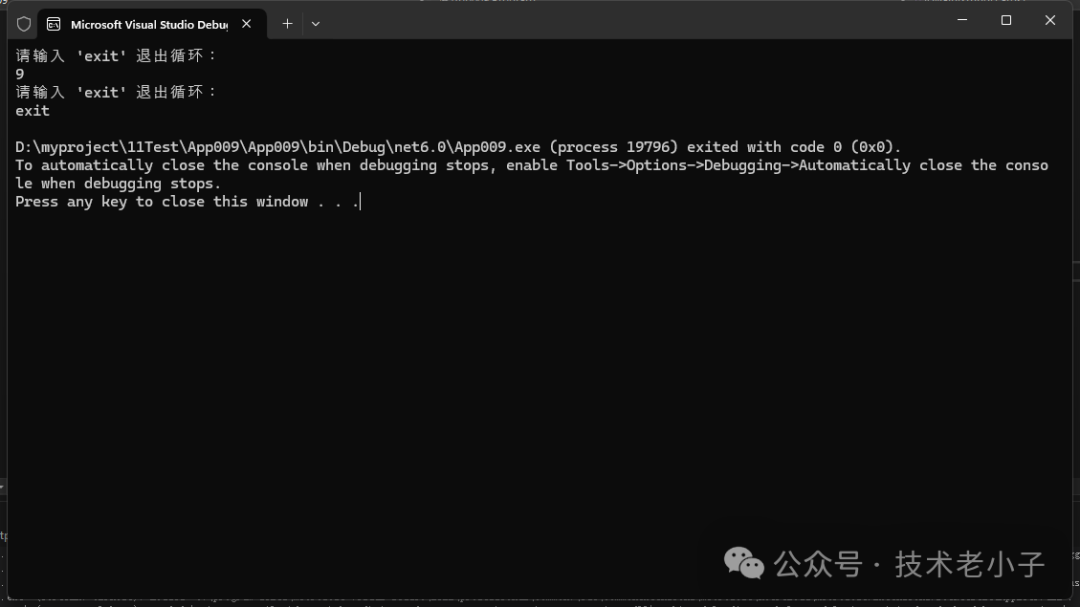
3. do-while 循環(huán)
應用特點
應用場景
示例
// 至少執(zhí)行一次的循環(huán)
int count = 0;
do {
count++;
Console.WriteLine("執(zhí)行次數(shù):" + count);
} while (count < 5);
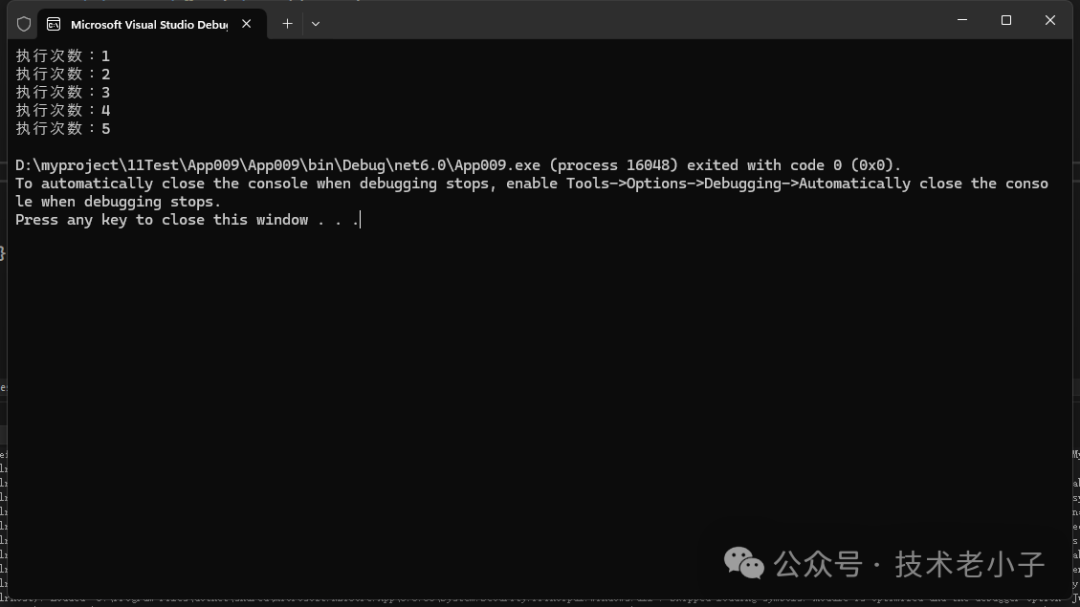
4. foreach 循環(huán)
應用特點
應用場景
讀取集合中的所有元素。
不需要修改集合中元素的情況。
示例
// 遍歷集合
List<string> names = new List<string> { "Alice", "Bob", "Charlie" };
foreach (string name in names) {
Console.WriteLine("姓名:" + name);
}
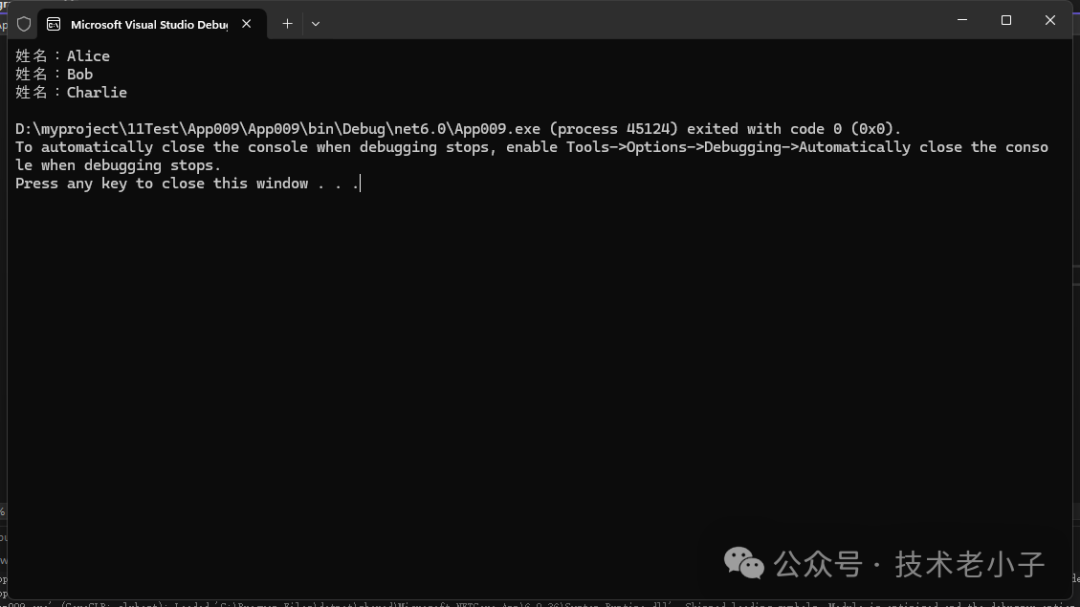
// 遍歷字典
Dictionary<string, string> capitals = new Dictionary<string, string> {
{ "France", "Paris" },
{ "Germany", "Berlin" }
};
foreach (KeyValuePair<string, string> item in capitals) {
Console.WriteLine("國家:" + item.Key + ", 首都:" + item.Value);
}
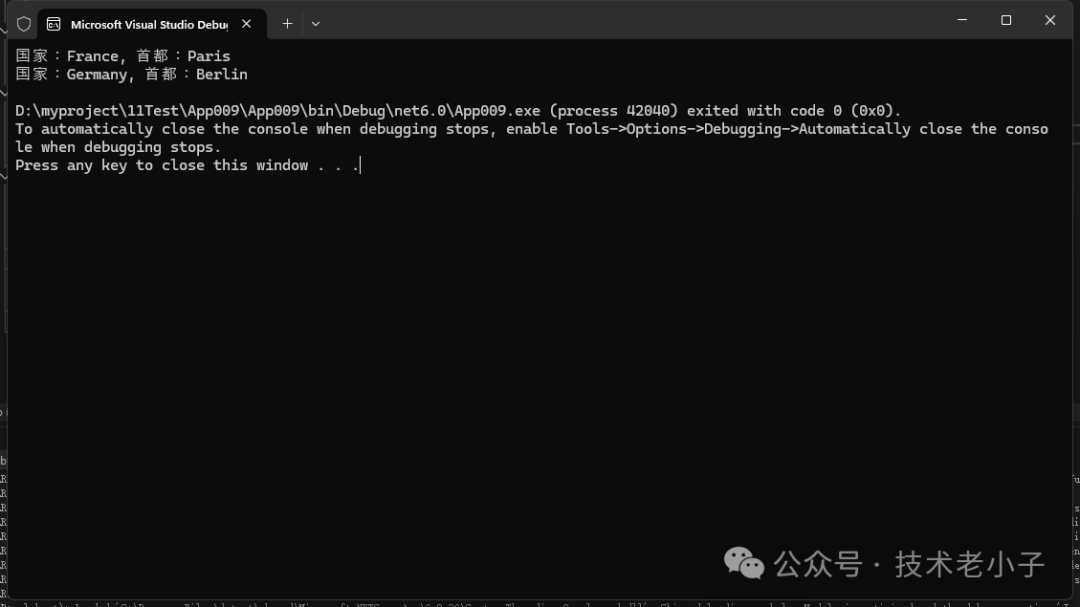
結(jié)語
C# 中的循環(huán)語句是編寫高效、可讀性強的代碼的基礎。選擇合適的循環(huán)結(jié)構(gòu)可以簡化代碼邏輯,提高程序性能。通過本課程的學習,您應該能夠靈活運用不同的循環(huán)語句來處理各種重復執(zhí)行的任務。
該文章在 2024/12/12 10:22:48 編輯過